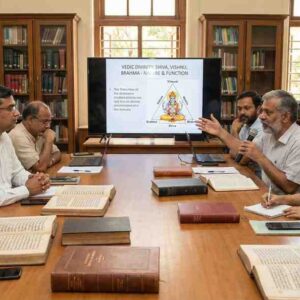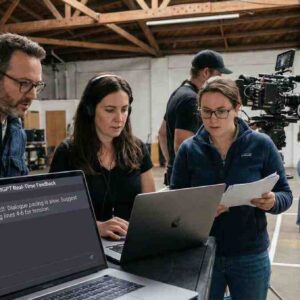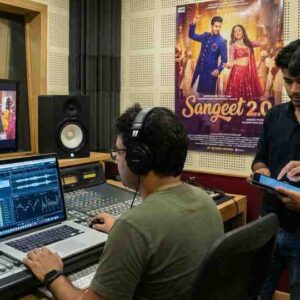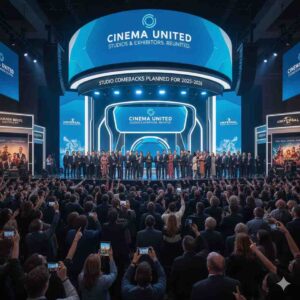Real Trend or Surface-Level Styling?
Mumbai – 2025
There was a time when Indian cinema breathed through its classical soul.
The raga-based compositions ofNaushad,Ravi Shankar, andMadan Mohan, the intricate taans byLata Mangeshkar, and the spiritual undertones of films likeBaiju BawraandSaraswatichandramade classical music not just audible, but emotional.
Today, classical music seems to be returning to the mainstream—but with a twist.
Is this revival deep-rooted—or justaesthetic borrowing packaged for nostalgia?
The Visual Over the Vocal
In recent films and OTT shows, we see thevisual codes of classical musiceverywhere:
- Harmoniums on sets
- Tanpuras in posters
- Kathak-inspired choreography
- Carnatic references in background scores
But the music itself? Oftentoned down,simplified, orused as a backdrop, not a centerpiece.
Notable Attempts at Revival
A few films have tried to meaningfully reintroduce classical textures:
- The Disciple (Marathi, 2020) – A meditative look at the guru-shishya tradition in Hindustani music
- Bandish Bandits (2020, Amazon Prime) – A rare mainstream show centered on Indian classical training
- Qala (2022, Netflix) – Interwove Raag-based melodies with themes of trauma and ambition
- Tumbbad (2018) – Though not classical in genre, its background score used Indian orchestration to eerie perfection
While these projects received critical acclaim, they wereexceptions—not the new norm.
Classical Music in the Age of Reels
Today, music is often measured by:
- How viral it goes on Reels
- Its suitability for lo-fi playlists
- Whether it can be remixed or cut into a dance drop
Classical compositions—with their complexity and emotional patience—rarely fit these molds.
Even when classical is used, it is oftenhybridized—paired with EDM, cinematic drums, or pop vocals, creating an effect that ismore stylized than authentic.
The Challenge of Context
One major reason for the diluted revival is thatmodern screenplays rarely offer the contextfor classical music to emerge organically.
Unlike earlier decades, where films revolved around musicians (Baiju Bawra,Shankarabharanam), today’s stories are urban, fast-paced, and genre-driven. A 10-minute thumri simplydoesn’t “fit” into the screenplay architecture anymore.
A Cultural Gap?
With the decline of classical music education in urban households, filmmakers and composers today often lackdirect trainingin Indian classical traditions.
Many rely on consultants or borrow pre-recorded ragas—resulting in usage that feels decorative, not deliberate.
Even with talented modern composers likeAmit Trivedi,Shankar-Ehsaan-Loy, orSanthosh Narayanan, the classical elements are often used as accents—not as narrative foundations.
The Way Forward
The revival of classical music in Indian cinema will require:
- More character-driven scripts rooted in music
- Collaborations with living legends and emerging classical artists
- Cultural re-education within the industry
- Platforms willing to promote long-format music, not just viral-ready cuts
A Hope, Not Yet a Movement
There is nostalgia. There is visual homage.
Butrevival requires risk—not just reverence.
Until Indian cinema starts telling storiesthat demand classical music, its presence will remain occasional, curated, and surface-deep.
The soul of classical India is waiting. The question is—will Bollywood stop sampling it and start listening again?













